In most drum level control applications, the two-element drum level control will maintain the required water/steam interface level – even under moderate load changes.
However, If an unstable feedwater system exists exhibiting a variable feed header-to-drum pressure differential, or if large unpredictable steam demands are frequent, a three-element drum level control scheme should be considered. As implied from the previous information, this control strategy supplies control of feedwater flow in relationship to steam flow.
The performance of the three-element control system during transient conditions makes it very useful for general industrial and utility boiler applications. It handles loads exhibiting wide and rapid rates of change. Plants which exhibit load characteristics of this type are those with mixed, continuous, and batch processing demands. It is also recommended where normal load characteristics are fairly steady; but upsets can be sudden, unpredictable and/or a significant portion of the load.
How it works:
The Below Figure shows the control scheme for three-element drum level control. To the left of the dotted line, the instrumentation is the same as that for the two-element drum level control, with one exception: the output of the feedwater flow computer now becomes the set-point of the feedwater flow controller (FIC-2). Equipment required to complete our three-element drum level control scheme includes an additional flow device (FE-2) and differential pressure transmitter (FT-2).
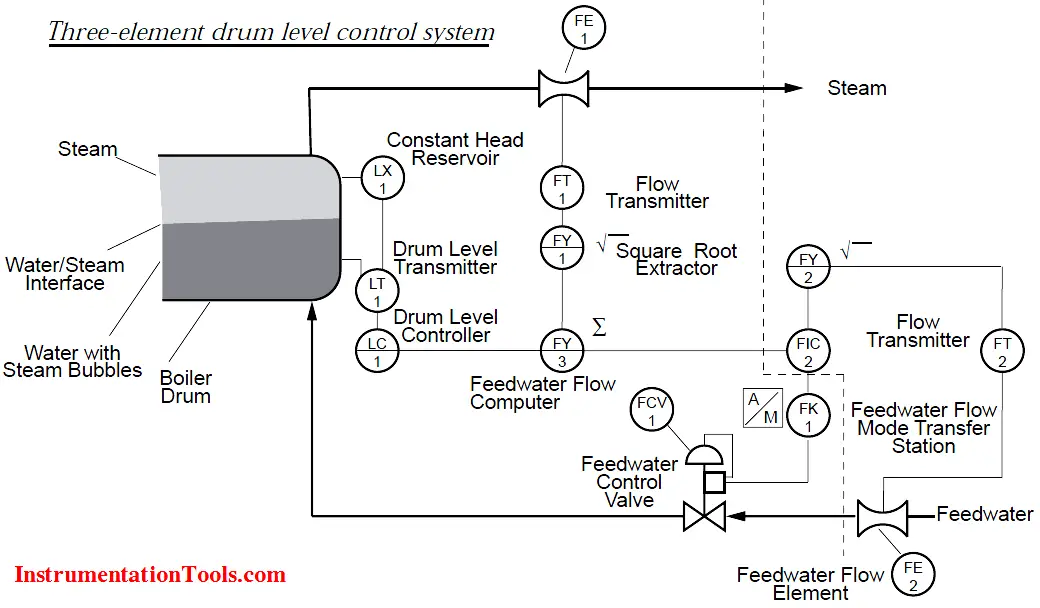
This in effect becomes the set-point to this controller. Feedwater flow Is measured by the transmitter (FT-2). The output signal of the feedwater flow transmitter is linearized by the square root extractor, (FY-2) (Note: Now a days square root extractor function provided in either transmitter or controller as inbuilt option). This signal is the process variable to the feedwater controller and is compared to the output of the feedwater flow computer (set-point). The feedwater flow controller produces the necessary corrective signal to maintain feedwater flow at its set-point by the adjustment of the feedwater control valve (FCV-1).
As in the two-element drum level control scheme, nearly all of the work necessary to compensate for load change is done by the feed-forward system (i.e. a pound of feedwater change is made for every pound of steam flow change). The drum level portion of the control scheme is used only in a compensating role. Despite low-to-moderate volume/ throughput ratio and a wide operating range, it is expected the drum level will be maintained very close to set-point. Achieving this requires use of the integrating response and reset in both the drum level and feedwater controllers.
Source : ABB
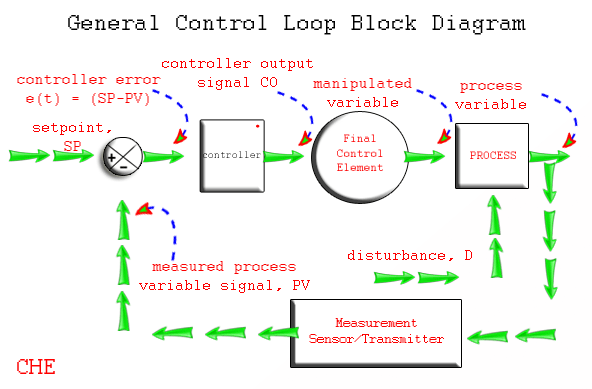

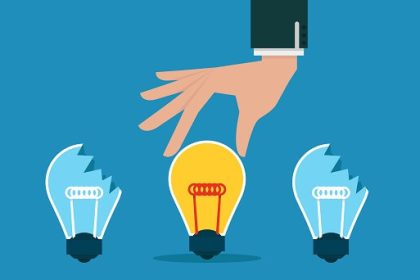


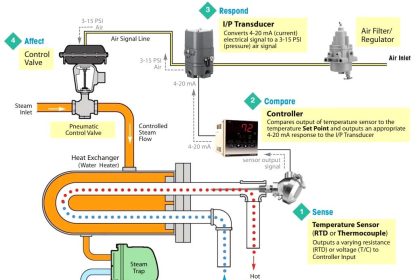
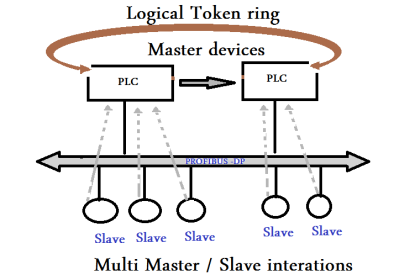
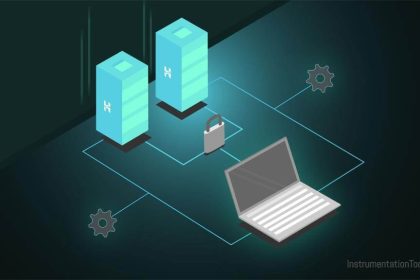
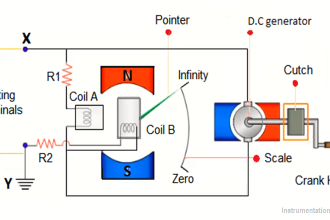
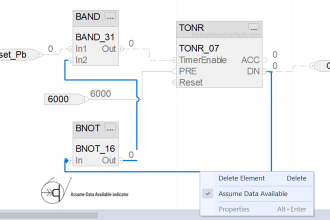
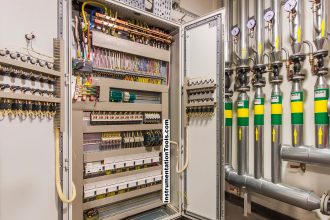
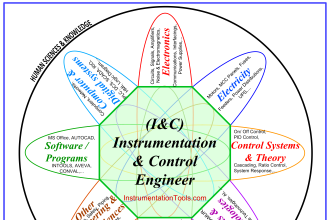

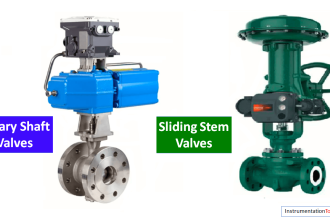



How to prevent carry over on the steam boiler main header?
Good job